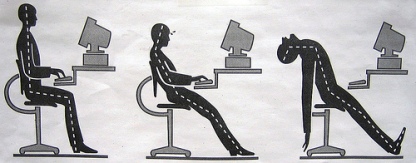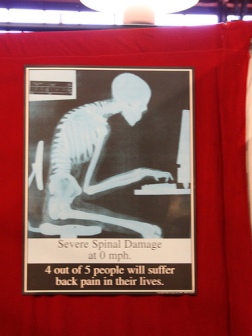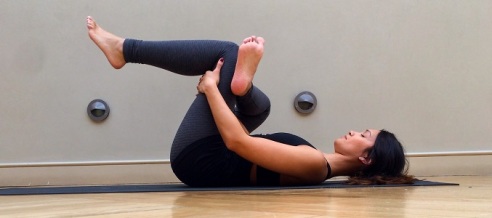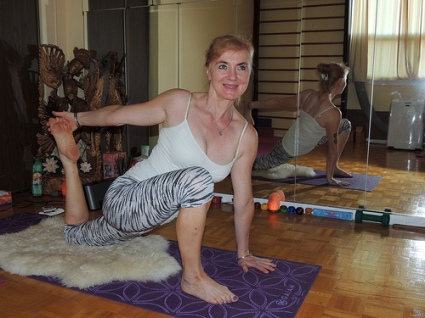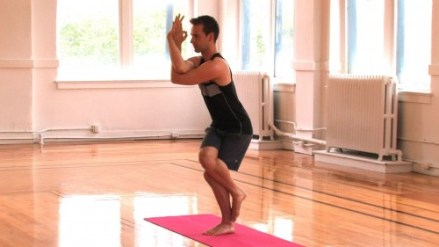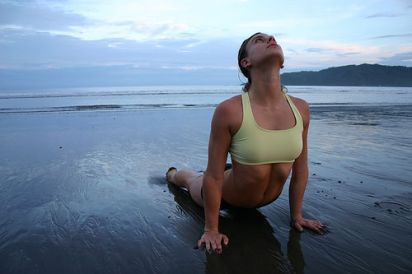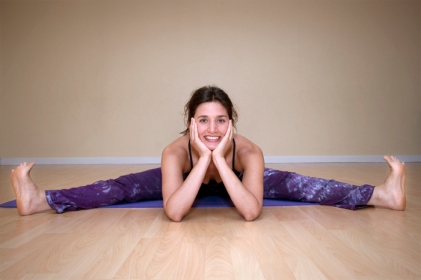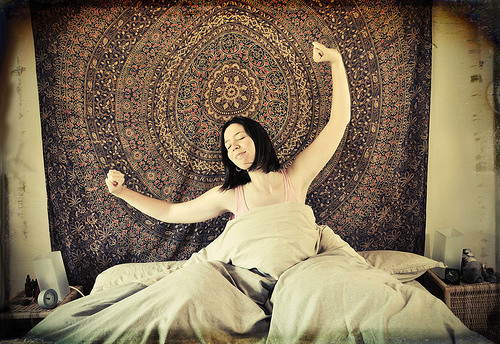This blog is full of great posts about all things stretching, flexibility and smiling. I encourage you to read all the posts i’ve made and check out my Twitter and Facebook pages as well for additional posts I’ve shared from other sources. However, if you don’t have the time to look through it all then you’re in luck because this is a one stop shop for everything I’ve covered so far in the campaign. This will serve as a mini summary and contents page of the campaign, discussing what I’ve learnt and found interesting and linking to blog posts for more in depth information.
So here is what I’ve learnt:
– There are different methods of stretching for different purposes.
Static stretching is a simple form of exercise and flexibility improvement, dynamic stretching is perfect for warming up before sport, PNF stretching is a difficult but effective way to quickly increase range of motion, myofascial stretching is good for relieving tightness and ballistic stretching is just plain bad for you! Find out more in my post Other Ways To Stretch.
– Stretching offers HEAPS of benefits.
Seriously, doing regular stretches and improving flexibility will positively affect your health and wellbeing more than you would think! You can lose weight, sleep better, de-stress, prevent injury, improve posture, gain muscle, perform better and ultimately – feel better. For more benefits check out these blog posts – Posture benefits, flexibility benefits, physical benefits, mental benefits and gym benefits.
– Sometimes stretching is bad.
As awesome as stretching is (and it is very awesome) there are times when stretching can be bad. It can reduce your power if you do it before sport/exercise, it can cause injury if you do it cold or stretch improperly and it can’t fix all muscle problems and pains. For more times when stretching is bad see When Not To Stretch.
– A lot of people don’t know how to stretch properly.
I was originally one of these people and you might be too. There are a lot of misconceptions about how stretching should be done but once you’ve learnt the right way you’ll realise it is easy and effective and you’ll never stretch improperly again. For proper technique and advice check out this Super Simple Guide to Stretching
